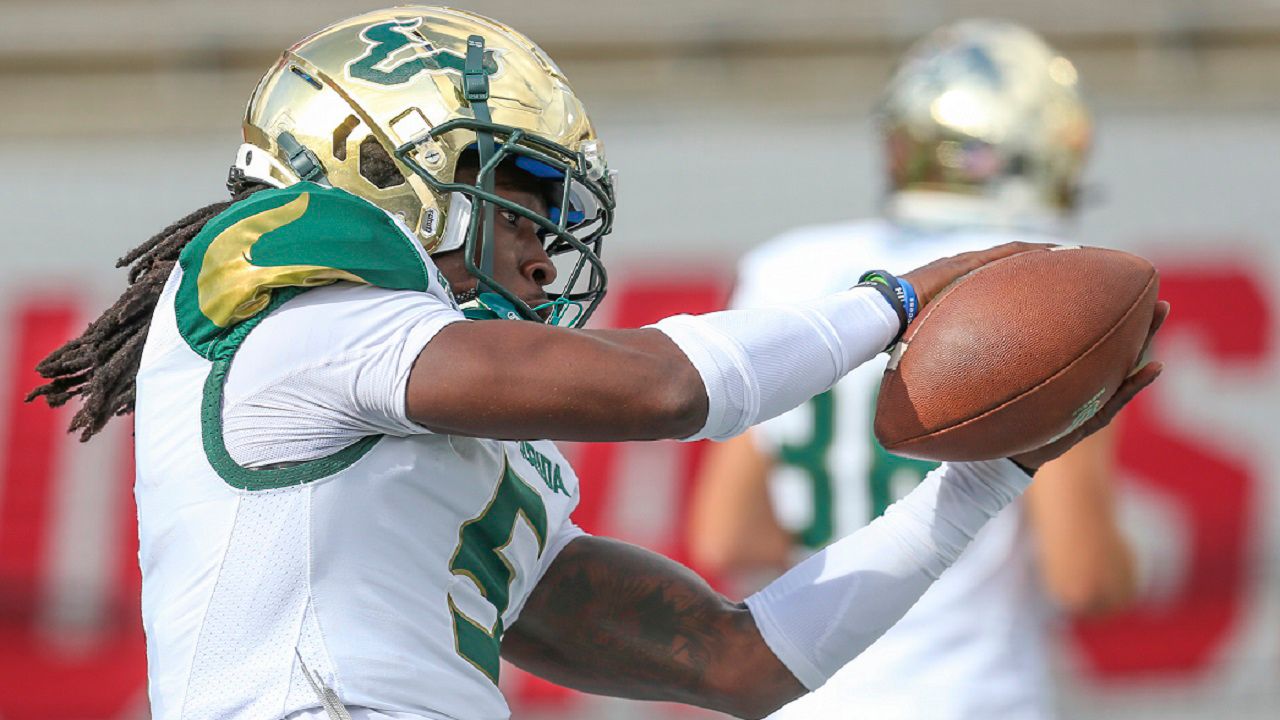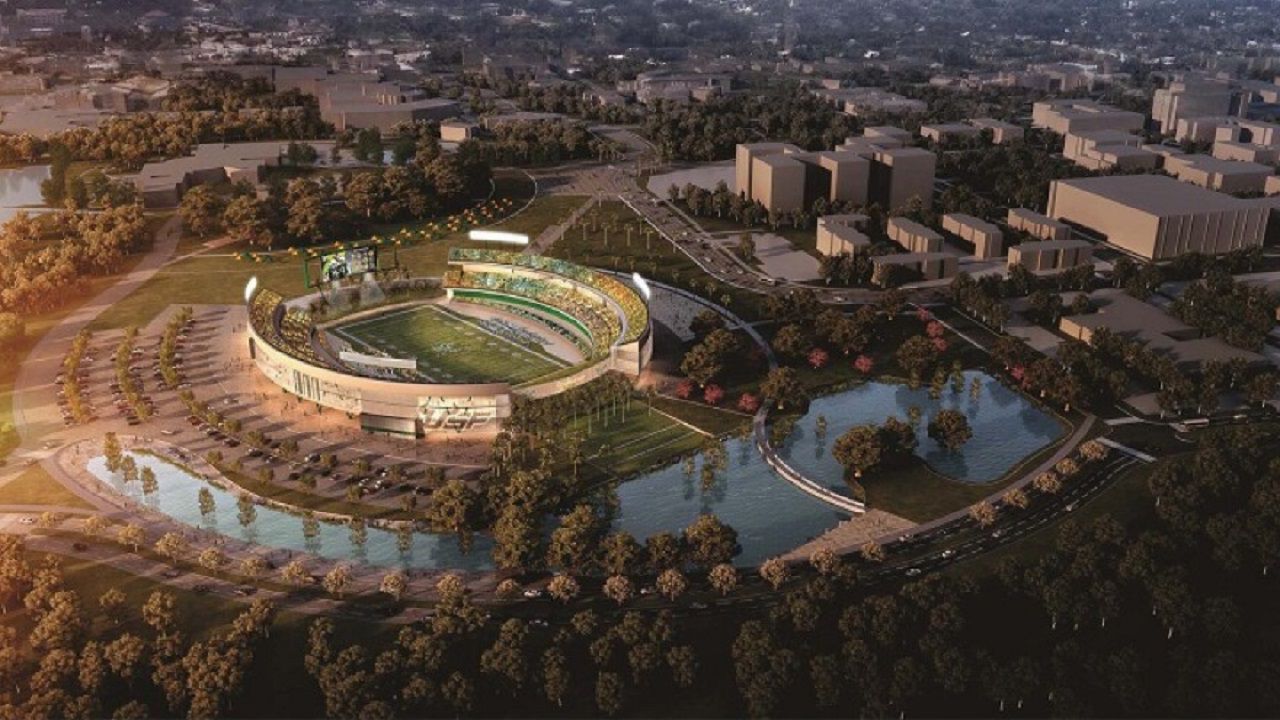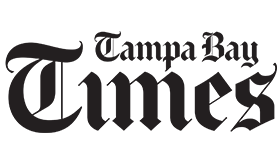The figurative foundation for USF’s proposed on-campus football stadium is in place thanks to a $14.8 million design-build agreement between the Bulls and construction company Barton Malow.
The contract — obtained by the Tampa Bay Times through an open-records request — is a procedural update as the Bulls try to move from Raymond James Stadium to a spot north of their practice facilities by 2026. But it’s an important one; after months of talks, USF has the initial framework for a project administrators say will transform the entire university.
The deal solidifies previously known details while sprinkling in a few new ones. The Bulls want a 35,000-seat stadium with five levels (field, main concourse, club level, suite level and press level) and “premium areas and experiences” unique to USF. The project includes an “athletic training and performance center” for football and women’s lacrosse.
Though the document totals 136 pages and 55,000 words, some of its most important items remain blank. That’s because USF has only authorized the design phase. The Bulls can walk away without penalty if, for instance, the two sides can’t agree on a final cost.
That price tag will start to crystallize in the coming weeks through a process outlined in the contract, beginning with “visioning and program development.” After meetings with stakeholders and community outreach, USF will get estimates on the size, scope and budget. Those will all be refined as the project moves to conceptual designs, design development and, finally, construction documents. When those documents are 75% done, Barton Malow will give a detailed timeline and maximum cost for what board of trustees chairperson Will Weatherford has called a “multi-hundred-million-dollar stadium.”
What USF football stadium design will cost

For now, only a few financials are clear. The deal calls for a lump-sum payment of $14,825,288. That’s part of the $22 million USF’s board approved on March 7 — one day after the contract is dated. The rest is earmarked for financing, planning (things like land surveys) and design contingencies if USF wants to add to the project. USF will pay for this phase through non-public funds like donations and investment earnings; it has not yet announced its financial plan for the final project.
Though the contract is with Barton Malow, other firms are involved, including Populous plus Tampa companies DuCon Construction and RR Simmons. USF has hired another local firm, Barr & Barr, to help inspect the work.
The deal calls for a 2.9% design-build fee beyond the cost of labor and materials. Once construction begins, USF will make monthly payments based on how much work was done the previous month.
Despite political conversations in Tallahassee about the role of diversity, equity and inclusion in higher education, those initiatives remain part of the project. The design-build group aims to have 36% of its spending on businesses owned by veterans, minorities or women. It also wants to provide training and internships, focusing on USF students and athletes.
USF football stadium timeline
A rough timeline calls for 14-16 months of preconstruction, then 20-24 months of construction. That would have the stadium ready in 2026. USF is expected to open that year at home against Florida International as part of a two-game series announced Monday.
For every 2026 home game in which the stadium isn’t available, the Bulls will receive $2 million in damages taken out of the design-build fee. They’ll come up with a list of requirements to determine what it needs to be “game ready.”
Until then, USF will stay at Raymond James Stadium. Its lease ended after the season, but athletic director Michael Kelly formally told the Tampa Sports Authority in a February letter that the Bulls will exercise their option to extend it for another five years. USF may end that contract early with 24 months’ notice.
To get more news and information from this partner, subscribe here.




